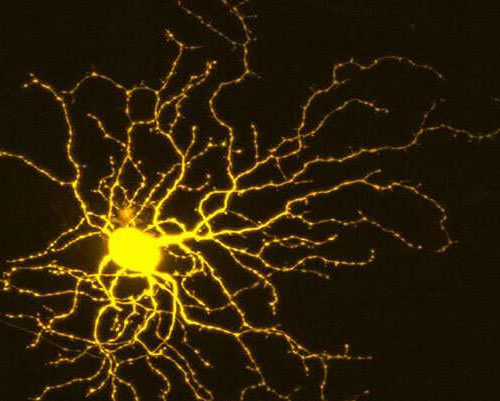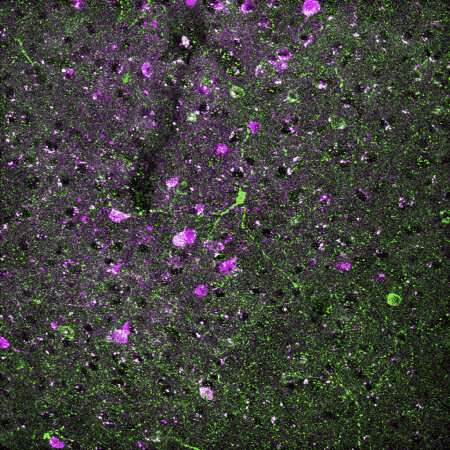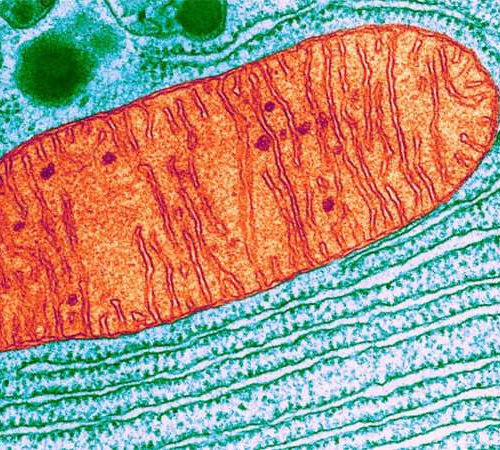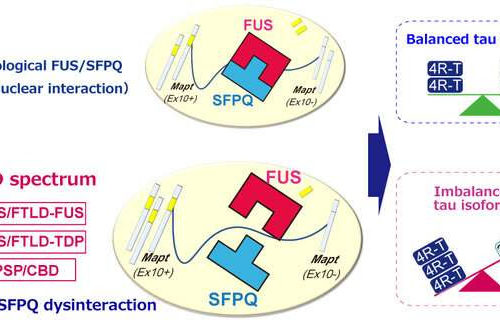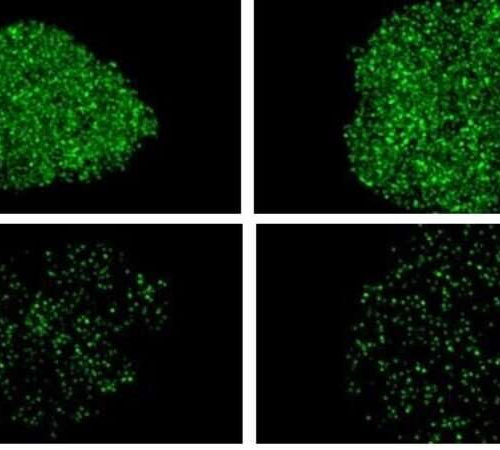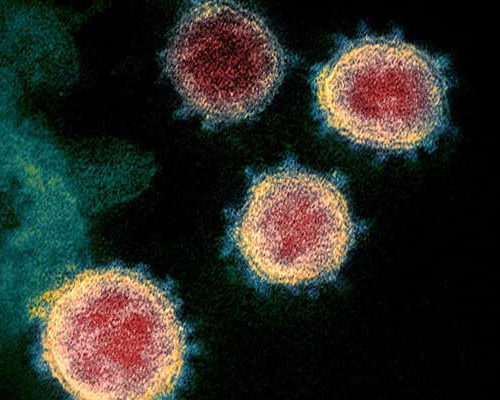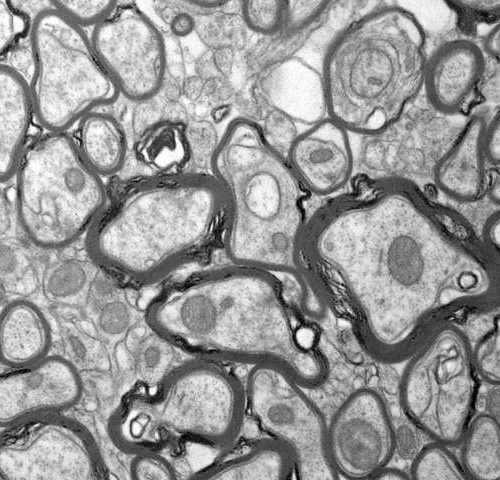Hugo J. Spiers Approaching the edge of a towering cliff is an unnerving experience. Watching another person do so can be equally unsettling. Our brain’s capacity to process these boundaries is important — not only for avoiding such dangers, but also for navigation in general, because borders that divide spaces can help to locate resources....
Tag: <span>Neurons</span>
Researchers discover clue to how to protect neurons and encourage their growth
by University of California – San Diego Example of retinal ganglion cells with axons and dendrites in the retina of a healthy eye. Credit: UC San Diego Health Sciences Many neurodegenerative conditions, from glaucoma to Alzheimer’s disease, are characterized by injury to axons—the long, slender projections that conduct electrical impulses from one nerve cell to another,...
Some neurons target tiny cerebral blood vessel dilation
by A’ndrea Elyse Messer, Pennsylvania State University Section of a brain showing neurons that have nNOS-expressing neurons labeled in green, DREADD-expressing neurons in magenta. Neurons that express both show up as white. Credit: Jordan Norwood, Penn State Neurons control blood flow in tiny vessels in the brain, but researchers know little about this relationship. Now a...
Light-activated neurons deep in the brain control body heat
A light-sensitive receptor protein expressed in neurons deep in the mouse brain has been shown to be stimulated by violet light, and to activate a pathway that reduces heat production in brown fat. Light has profound effects on human behaviour and physiology, from synchronizing sleep–wake cycles to inducing daily fluctuations in body temperature and energy...
Scientists look to cell recycling tools for new ways to treat Parkinson’s disease
by Vanessa Wasta, Johns Hopkins University Photomicrograph of a mitochondrion, the energy-generating powerhouse in a human cell. Johns Hopkins Medicine researchers are studying how to recycle these organelles and perhaps, lead to new treatments for Parkinson’s disease. Credit: University of Wisconsin-Madison College of Agricultural and Life Sciences Researchers at Johns Hopkins Medicine are taking a...
Study targets gene associated with Alzheimer’s disease
by Bob Shepard, University of Alabama at Birmingham The neurons in this image are stained blue, indicating the presence of the BIN1 protein. Points of direct interaction between BIN1 and calcium channels are in purple. Credit: University of Alabama at Birmingham Researchers at the University of Alabama at Birmingham are on the track of a...
Unlocking the mystery of tau for treatment of neurodegenerative diseases
by Nagoya University Under normal physiological conditions, FUS and SFPQ interact in the nucleus of nerve cells and regulate the alternative splicing of MAPT by excising exon 10. When this functional machinery is impaired, the splicing ratio of MAPT exon 10+/exon 10- is increased, which in turn results in an increased 4R-Tau/3R-Tau ratio. The findings...
Brain cell death in ALS, dementia tied to loss of key biochemical transport structure in nucleus
by Vanessa McMains, Johns Hopkins University (Top) The nuclear pore protein Pom121 in healthy brain cells. (Bottom) Brain cells with an ALS/dementia genetic mutation have less of the nuclear pore protein Pom121 than healthy brain cells, which leads to disrupted transport routes and ultimately cell death. Credit: Alyssa Coyne Researchers have long sought to explain...
‘Hotspots’ of a SARS-CoV-2 infection in the human body
by German Center for Neurodegenerative Diseases An infection with the coronavirus SARS-CoV-2 can affect multiple organs. With this in mind, researchers of the German Center for Neurodegenerative Diseases (DZNE) and Cornell University in the US have investigated cellular factors that could be significant for an infection. To this end, they analyzed the activity of 28...
Mechanisms identified to restore myelin sheaths after injury or in multiple sclerosis
by Universitaet Mainz Remyelination in the spinal cord after experimental focal degradation of myelin sheaths, simulating a lesion caused by multiple sclerosis. In young adults, the myelin sheath (dark rings) around axons (light gray circular structures) can be rebuilt, but this process is not fully efficient and its efficiency decreases sharply with age and as...


